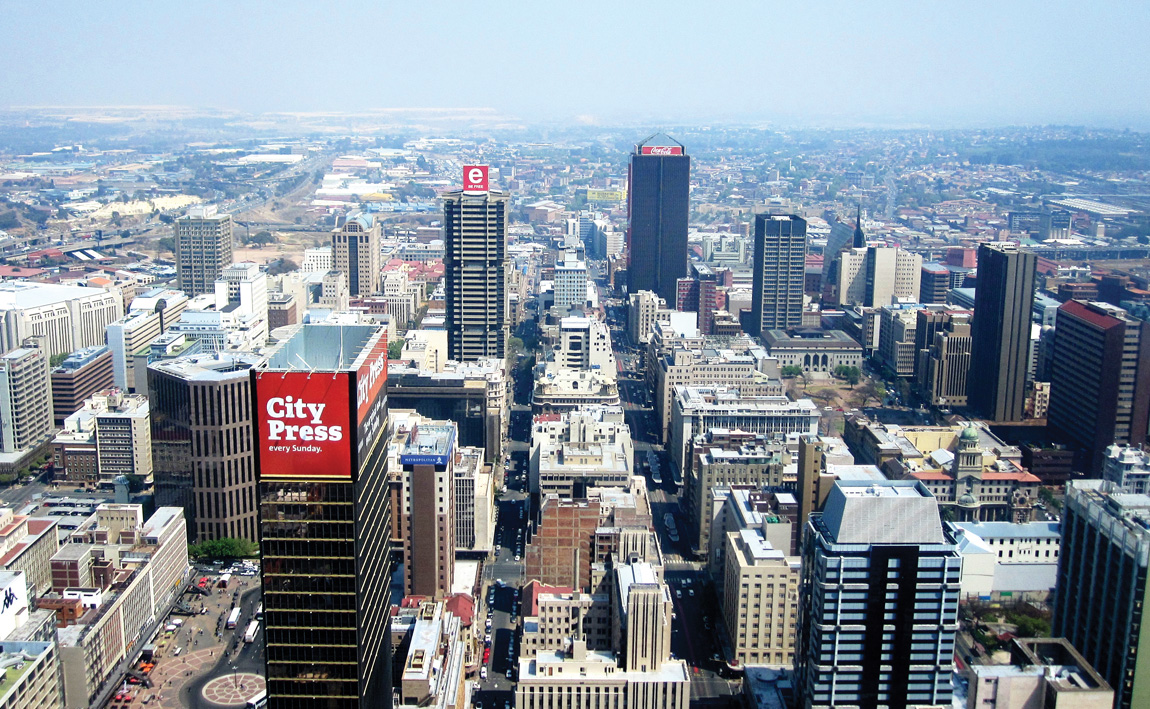Travelling with efficiency

With inefficiently designed cities a reality in South Africa, creating an all-encompassing transport system is easier said than done.
In last month’s issue of FOCUS, the design of South Africa’s major cities was discussed within the context of historical inefficiencies that continue to manifest in our major transport systems, the design of cities and congestion issues.
As our cities developed, first according to social engineering, and then as a result of opening up movement of people in the 1990s, planning a city or provincial transport plan became difficult, and it remains difficult to this day.
The poor are forced to rely mainly on the taxi industry, while the middle and higher-income commuters use their own vehicles.
The monopoly the taxi industry holds over the low-income space means that taxi operators are able to dictate allocation of routes, setting of fares and infrastructure. While it contributes immensely to the movement of passengers, from an economic point of view, the market power of the minibus-taxi industry holds up integration of various modes of transport.
A solution could be found in a system in which all income groups are able to travel across a fast, integrated transport system for both work and leisure.
For this type of system to be viable, the cost of travel needs to be significantly increased. Currently, for those with the means to use other forms of transport, travelling in one’s own car is far more convenient than having to rely on public transport.
Cape Town is ranked 29th in terms of cites with the worst congestion in the world (Johannesburg is ranked 46th), yet one is likely to find more citizens without cars in Cape Town than in other cities, as the cost of ownership (in terms of transit) forces commuters to find alternative means of transport. In other major cities, such as London and Paris, parking is also prohibitively expensive.
Eventually, with the growth of our metropolitan areas, the strain on roads and highways will force commuters to turn to mass transport to move around successfully.
However, in a stagnant economy where profit margins are tight and the ability to pass higher costs on to consumers is limited, expanding several modes of transport is likely to create competition and disrupt established services such as buses and taxis. (Taxi operators were forced to raise fares, although this was met with resistance in the middle of last year.)
We at Econometrix expect difficulties if (or when) the Gautrain expands into main taxi hubs such as Randburg, Soweto and Diepsloot. It will be up to government and the private-sector players to come together to ensure the system is safe and cost-effective in order to drive growth into the future.
Published by
Sam Rolland
focusmagsa




